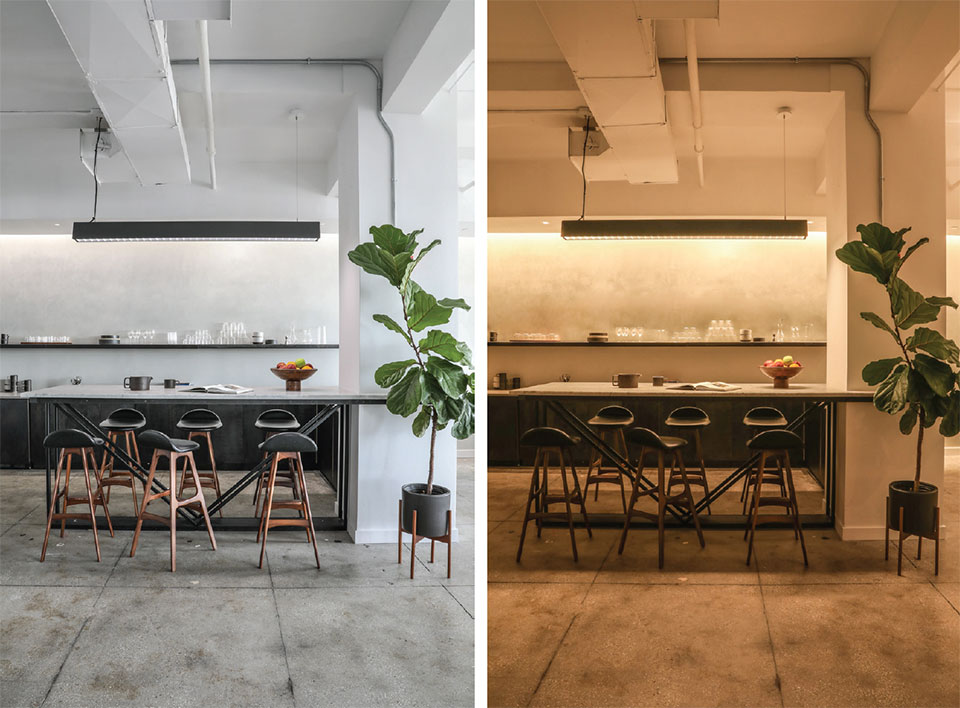Home Wellness Technology
Oxygenation & Tunable Light
by Lori Williams
Smart Home Systems has been designing and building state-of-the-art home entertainment and automation systems for over two decades. As technology has rapidly advanced, so have opportunities to integrate systems that greatly enhance and improve health and wellness. Says Randy Schram, SHS owner, “It’s always satisfying to be a part of making a dream home come alive with automated systems for entertainment, lighting, security, and convenience, but when you can provide additional solutions that deliver health benefits, it’s extremely rewarding.” Enter the science of tunable lighting and oxygenation systems.
“It’s always satisfying to be a part of making a dream home come alive with automated systems for entertainment, lighting, security, and convenience, but when you can provide additional solutions that deliver health benefits, it’s extremely rewarding.”
–Randy Schram, Owner, Smart Home Systems
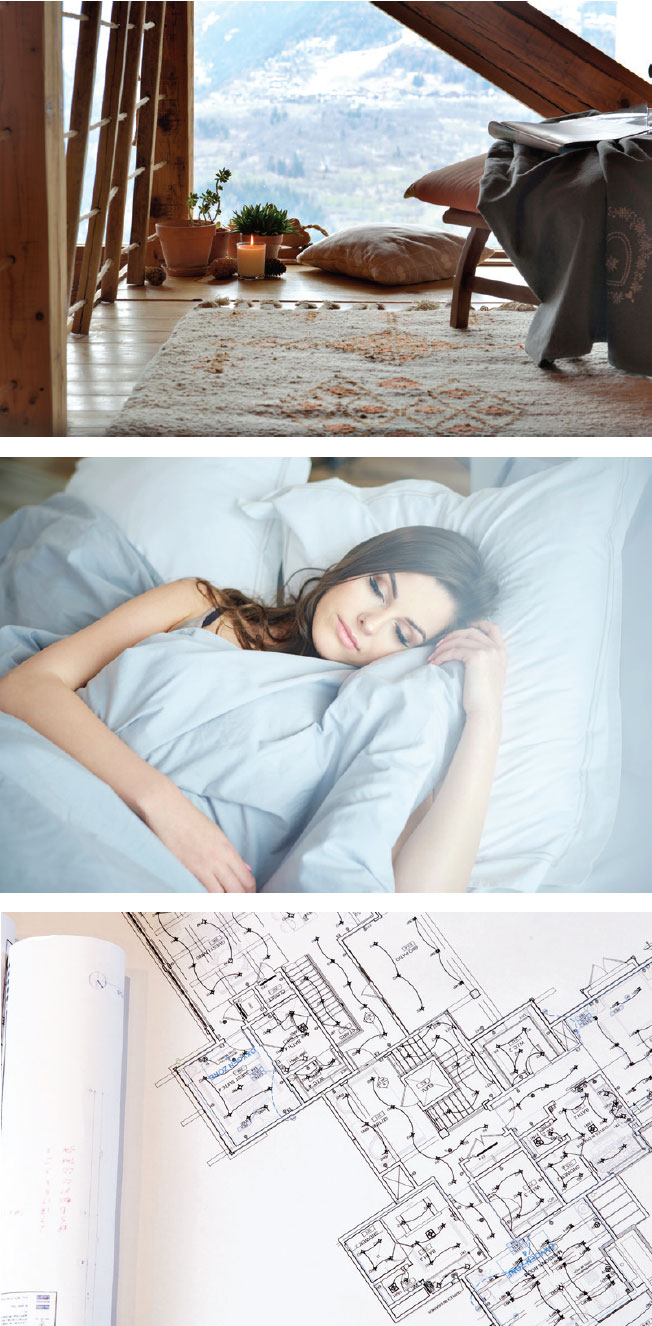
IN-HOME OXYGENATION SYSTEMS
The idea of bringing oxygenation systems into a residential setting and conditioning a portion of your home is relatively new within the last decade. Building these systems into luxury homes at altitude is becoming more popular as mountain living comes with the unique challenge of acclimating to thinner air and less oxygen, which can cause overall malaise and irritability, and trouble sleeping as the body is struggling to become accustomed to lower oxygen levels. Cases of altitude sickness can affect people at as low as 6,000 feet with most mountain ski resort towns having 30% less oxygen than at sea level. These symptoms can cause slowed physical and mental performance during one’s time at higher elevations. Each time second homeowners arrive in the mountains they must acclimate to lower atmospheric pressure. Whether you are a permanent or part-time resident, oxygen systems can heighten the experience and time spent at your alpine Shangri-la.
An oxygen-enriched space can help restore your body’s oxygen saturation levels by bathing your cells in the elements they need. As few as eight hours sleeping in an oxygenated room can be enough to break the cycle of hypoxia that leads to altitude sickness. These environments promote health, well-being, and a clearer mind, as well as enabling you to sleep more soundly so you can wake refreshed and invigorated for the day’s activities.
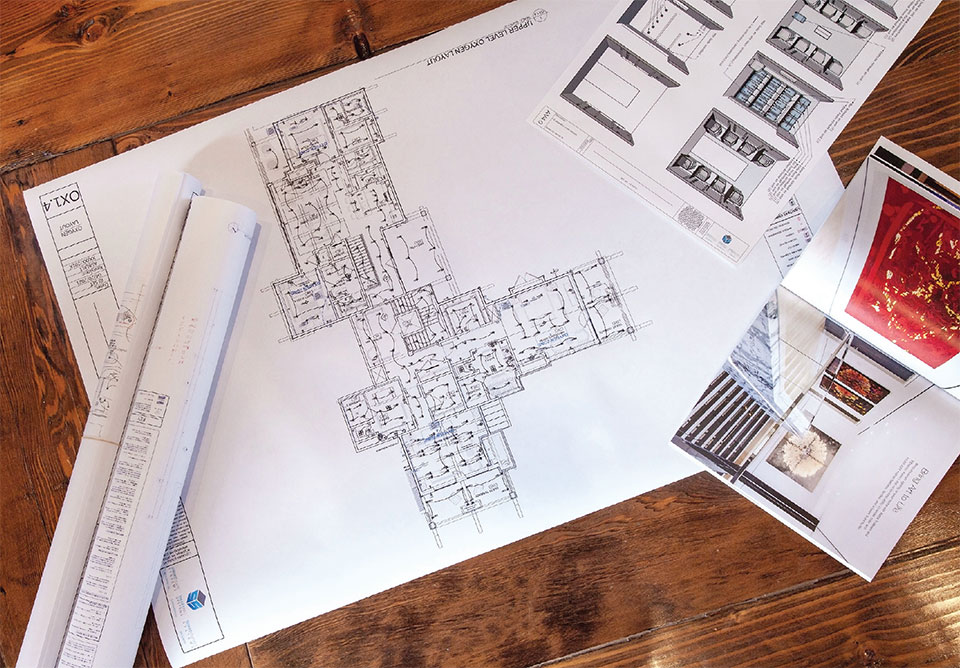
Smart Home Systems offers two available options for home oxygenation systems. The State-of-the-Art Summit Room™ oxygen delivery systems are engineered to condition an entire space in verifiable concentrations simulating lower altitudes, whether you need it in bedrooms, lounging areas, entertainment rooms, exercise rooms, or more.
The Bedhead and AirHead™ option is a lower-cost system engineered to deliver a stream of oxygen in verifiable concentrations to provide an environmental oxygen envelope surrounding one’s head. By placing a Bedhead at the headboard of your bed, it can increase oxygen content by up to 33% and reduce the effective altitude by up to 8,000 feet. The AirHead option simply replaces the nozzle with a wearable cannula. Manually operated systems fit into any décor, can be installed in any convenient or remote location, and require minimal maintenance. Open windows and air conditioning do not affect performance and they can be used in rooms with open flames with recommended safe distances maintained. Sound levels are designed to be as close to the hearing threshold of 13dB for ultra-quiet operation.
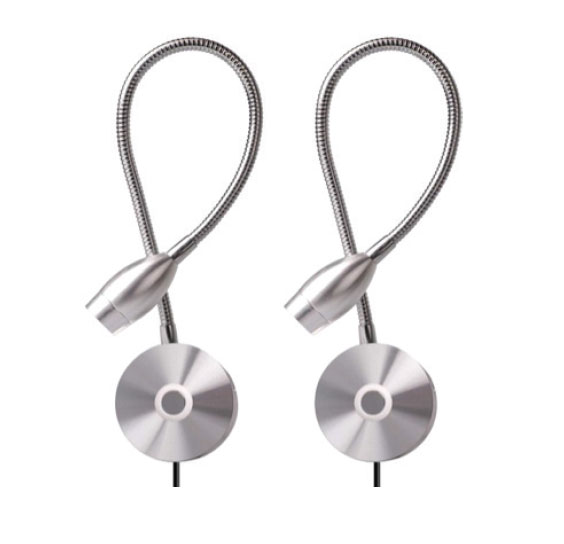
The Bedhead and AirHead™ option is a lower-cost system engineered to deliver a stream of oxygen in verifiable concentrations to provide an environmental oxygen envelope surrounding one’s head.
SHS uses a proprietary platform, which manages a client’s environment featuring an intuitive touch screen control, graphic displays, and self-diagnostics while utilizing a full spectrum of sensors. “Our team of engineers will assess the space requirements and design a system that is specific to your needs. By working through an analysis of all heating, cooling, and humidity systems, and volume of air exchange, we can ensure the proper performance, air quality, and safety,” explains Randy. “When additional oxygen is needed in a room to simulate a lower altitude, remote air units are activated to generate and deliver to the space until it reaches the programmed level of elevation. Essentially, the system takes ambient air through a regenerative process for a constant flow of purified, oxygen-rich air into the room. The user doesn’t hear anything, or feel any air movement in the room, you just feel better because the percentage of oxygen in the space is higher.”
Sensors in the room actively measure temperature, pressure, humidity, oxygen, and CO2 for accurate and safe altitude control, never allowing a higher concentration of oxygen in the room than NFPA, CDC, and NIOSH standards. Adds Randy, “To already be acclimated in your home allows for a better experience when you recreate outside at even higher altitude.”
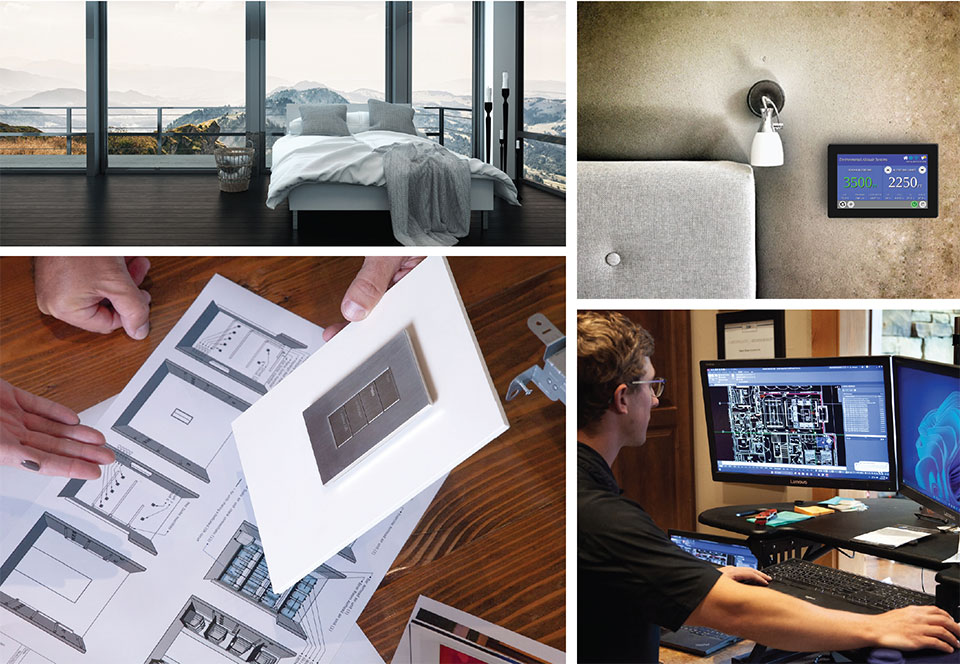
“When additional oxygen is needed in a room to simulate a lower altitude, remote air units are activated to generate and deliver to the space until it reaches the programmed level of elevation. Essentially, the system takes ambient air through a regenerative process for a constant flow of purified, oxygen-rich air into the room. The user doesn’t hear anything, or feel any air movement in the room, you just feel better because the percentage of oxygen in the space is higher.”
–Randy Schram, Owner, Smart Home Systems
TUNABLE LIGHTING
Recent studies have established a clear connection between wellness and tunable LED light – the ability to control a light source’s color temperature output. Not only does lighting have biological and physical effects on the health and well-being of humans, lighting design is also the most important element to consider when designing a space, as it can affect the mood, shape, and size of a room. Mimicking natural light cycles by using tunable LED light can help to stabilize one’s circadian rhythms, contributing to better sleep and improving overall mood. When the circadian rhythm is disrupted by incorrect spectral distribution at the wrong times of day, it can lead to a host of additional health problems, such as diabetes, heart disease, cancer, and obesity.
“It can be difficult to put into words the immediate difference you feel in a space that is using tunable lighting,” says Randy. “It is transformative when you experience in real time how lighting design affects an environment’s atmosphere and enhances a space and its purpose.”
Tunable light is being integrated into different environments from classrooms, equating to higher test scores and more alert students, to hospitals, using tunable lighting to regulate sleeping behaviors, preventing agitation and supporting natural relaxation to promote healing. Studies done by Pacific Northwest National Laboratory in conjunction with Brown University of Public Health in elderly patients also showed that the psychological effects on patients with tuned lighting had results similar to patients who were treated with drug therapy. A Harvard study in conjunction with the Midwest Lighting Institute conducted at assisted care facilities of elderly patients showed data that resident falls decreased 43% not because of additional illumination but was attributed to regulation of better sleep and wake cycles, making patients more alert.
“It can be difficult to put into words the immediate difference you feel in a space that is using tunable lighting. It is transformative when you experience in real time how lighting design affects an environment’s atmosphere and enhances a space and its purpose.”
–Randy Schram, Owner, Smart Home Systems
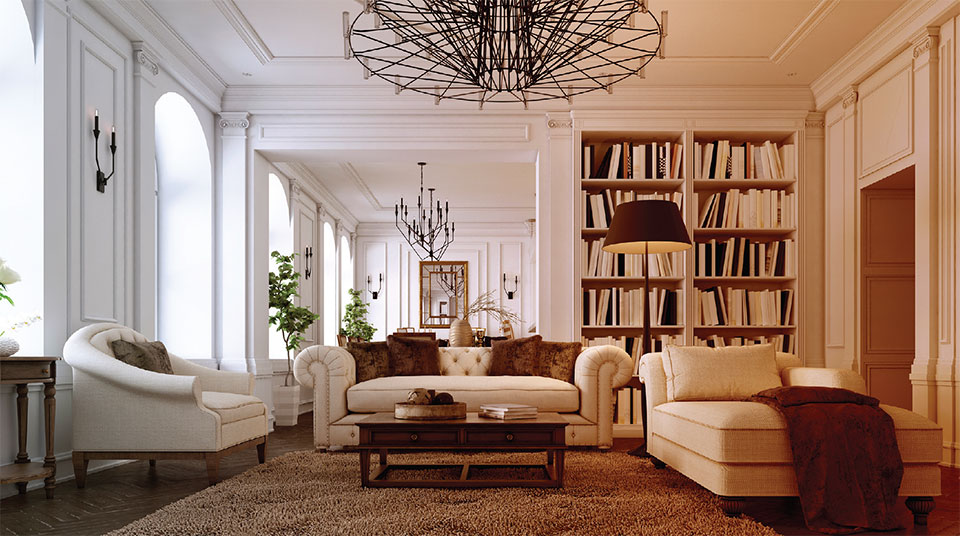
LAYERED LIGHTING
Not only does a fully tunable lighting system greatly impact our health and well-being, its use with layered lighting also allows for unprecedented ease and comfort in this new age of intelligent homes.
Using several layered light sources and types at once – ambient, task, and accent light – develops an in-depth and balanced atmosphere, creates focal points and a warm ambience, and establishes an aesthetically pleasing room that is comfortable for owners and guests.
+ Ambient is general lighting, illuminating an entire area or room and designed around the size, structure, aesthetic, and purpose of the room.
+ Task lighting accentuates specific areas, creating a shadow-free environment for daily activities in the home. Some examples include desk lamps, under-cabinet lighting, LED strip lights, and pendant lighting.
+ Accent lighting – or cast lighting – is highly customizable and complements the other two layers. Accent lighting emphasizes wall art, architectural details, and specific décor elements.
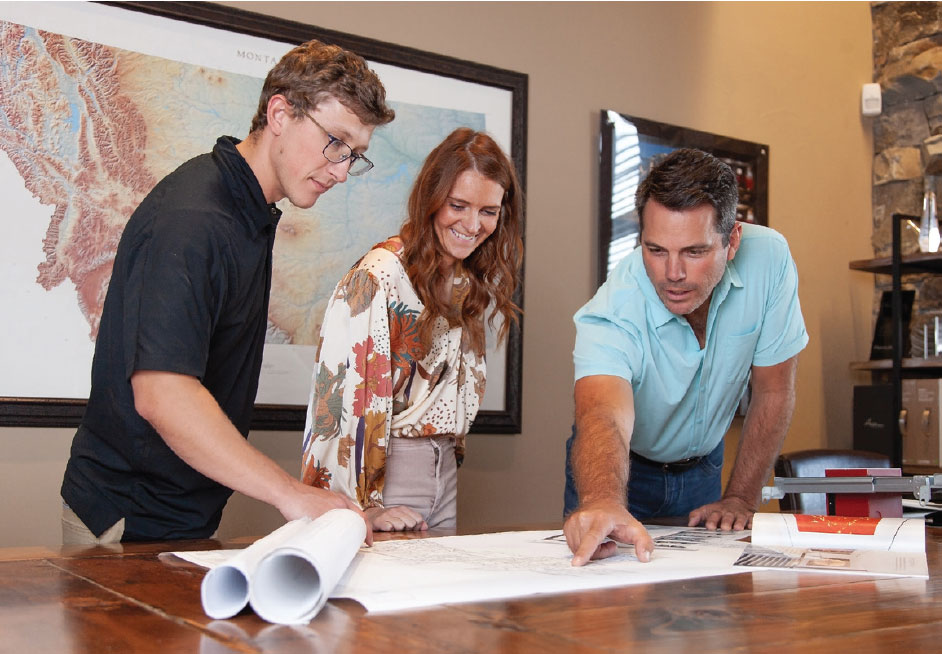
“Because lighting systems are becoming significantly more technical, working with our design partners and our own engineering and sales teams allows us to be involved from the ‘button to the bulb’ and maximizes how the system is deployed for complete delivery.”
–Randy Schram, Owner, Smart Home Systems
For a seamless residential project, collaborating from the very beginning with a lighting design team ensures a successful result. “When it comes to building lighting systems, our philosophy is using a holistic approach to integration,” explains Randy. “Because lighting systems are becoming significantly more technical, working with our design partners and our own engineering and sales teams allows us to be involved from the ‘button to the bulb’ and maximizes how the system is deployed for complete delivery.”
